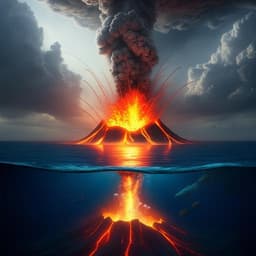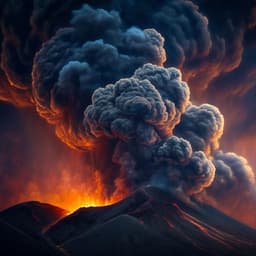
Earth Sciences
Perturbations in stratospheric aerosol evolution due to the water-rich plume of the 2022 Hunga-Tonga eruption
Y. Zhu, C. G. Bardeen, et al.
Discover the groundbreaking findings of researchers Yunqian Zhu and colleagues as they reveal how the January 2022 Hunga Tonga-Hunga Ha'apai volcanic eruption significantly altered stratospheric conditions by injecting unprecedented amounts of water, ultimately impacting climate systems until October 2022.
~3 min • Beginner • English
Related Publications
Explore these studies to deepen your understanding of the subject.







